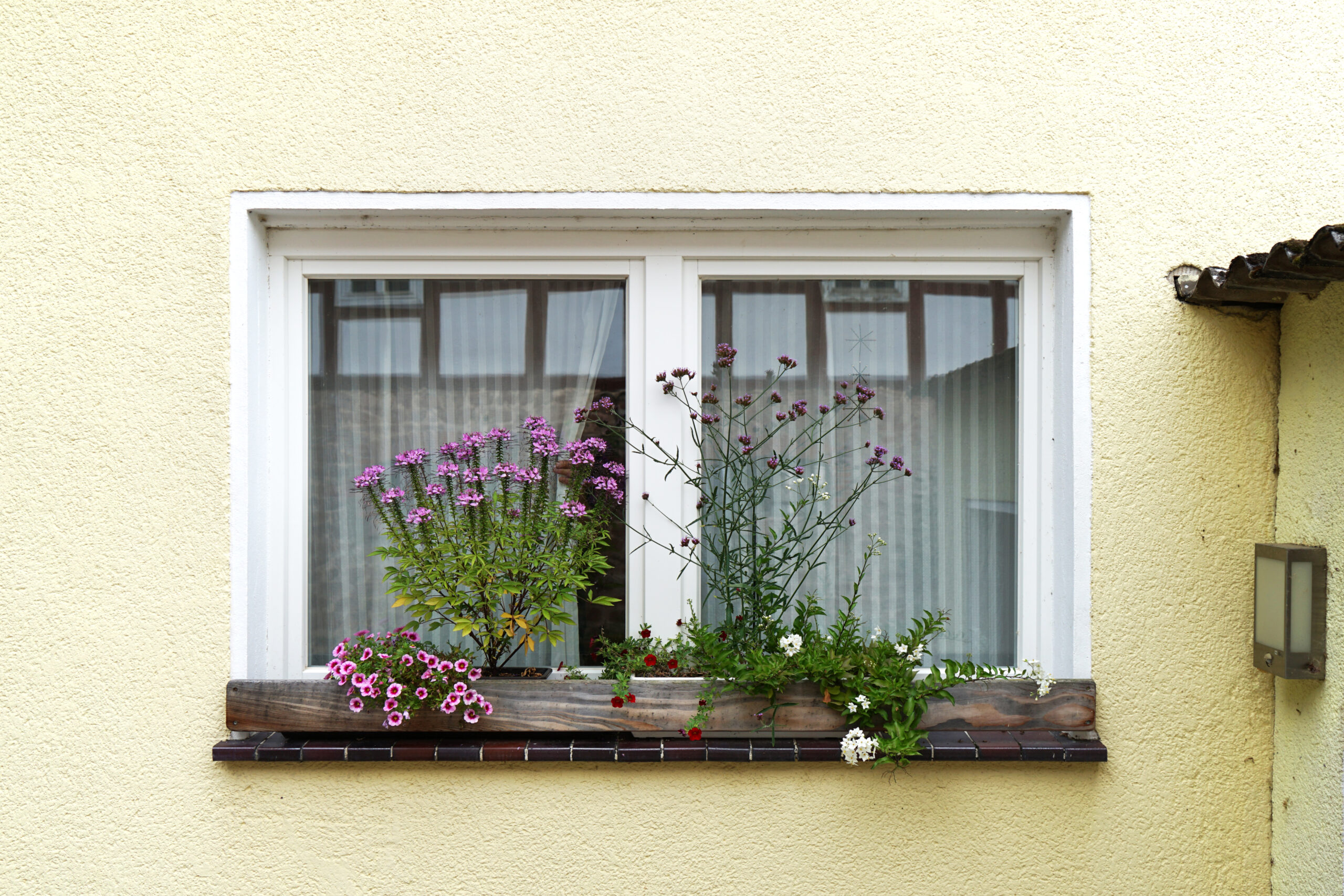The interactive piece kicks off the reopening of the Museum of Jewish Montreal
There is a line drawn between public and private spheres. In our lives, everyone has a limit as to what is kept personal and what we want to display to the public. As of Oct.13, art enthusiasts have the chance to explore this idea through the creation of Berlin artists Sophia Hirsch and Johannes Mundinger titled Public Intimacy, showcased at the Museum of Jewish Montreal until Jan. 22.
The installation is composed of a plethora of curtains hung from a tall metal framework. Curtains of different materials, densities, and colors, are meant for the public to wander through and reflect upon. It’s a maze, and it provides the chance to close each participant off from the rest of the public, allowing them as much intimacy as they desire.
“The curtains are second hand, they all come from a regional context that has a history with the Holocaust, the contemporary rise of neo-fascism,” said Stokvis-Hauer. “I don’t think that the exhibition is only about that, either. There are a million different things that public privacy can be associated with, it’s such a broad topic.”
The installation’s walls are occupied by immense photographs of mysterious residential windows, accompanied by existential and thought-provoking questions.
The curtains were found around the Berlin area in historic places. Some were found in abandoned buildings previously occupied by German Democratic Republic government officials, some belonged to Mundingers’ grandmother, and others were found on the street.
In 2019, the two artists were called in by the Museum of Jewish Montreal to present a project on-site. However, the COVID-19 pandemic shut down any works in progress, and the Museum of Jewish Montreal was shut down.
This is the first exhibition since the museum’s reopening and the first Montreal-based project for the artist tandem. In this new space, the artists found even more room for freedom of discovery.
There certainly is an element of the exhibition that harkens to the past and present and leans towards elements of “Jewishness,” according to the museum’s artistic director Alyssa Stokvis-Hauer. Themes of racism, xenophobia, and possibly other matters relevant to a broader community than the Jewish.
“We aren’t Jewish ourselves, but we have history with the culture,” said Mundinger. The artist had been invited to participate in an exhibition at the Galicia Jewish museum located in Kraków in Poland. Hirsch had gone as far as spending three years with a concentration camp survivor to create his biography in the form of a graphic novel. The work is not yet published through an official company.
In terms of an exhibit, the museum’s staff team saw Public Intimacy as a connection of interest to the Jewish community in Montreal. For the team, there’s a wide range of interesting questions that are relevant to the Jewish community, and further relevant to other communities.
“What’s so great about Johannes and Sophia’s work is that it asks infinite questions,” added Stokvis-Hauer. “It invites everyone to think about where the line is between public and private on the macro and micro scales.” This piece, she emphasized, is meditative.
If you want your brain and heartstrings tugged on, all while experiencing the essence of a homely yet conflicted culture, you should visit the installation in the Mile End before it closes on Jan. 22. You can read more about the event on the Museum’s website.
